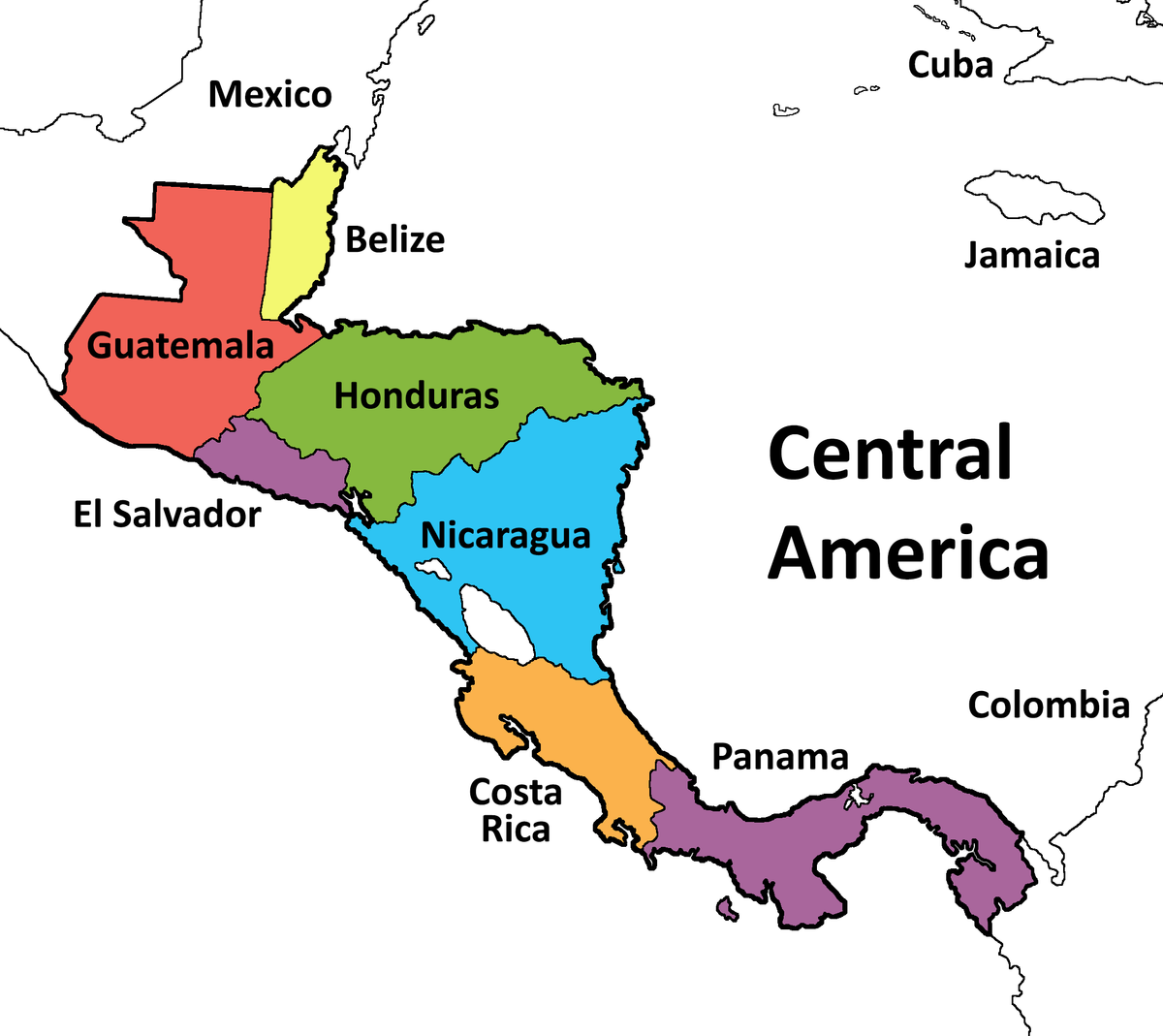A significant archaeological discovery has been made in the southeastern Mexican state of Campeche. An ancient Mayan city, dubbed “Valeriana,” was unearthed using advanced Lidar technology. Lidar, which stands for light detection and ranging, utilizes lasers to penetrate dense vegetation and map the ground beneath, offering a detailed picture of previously hidden landscapes. This discovery, entirely by accident, has revealed a sprawling urban settlement that may have housed between 30,000 and 50,000 people at its peak between 750 and 850 AD.
The dataset used for this study originated from approximately 122 square kilometres of high-quality airborne Lidar data collected in 2013. This data was initially gathered as part of the Alianza project, which aimed to monitor and mitigate the effects of deforestation and forest degradation. When researchers processed this information using archaeological techniques, they found what had been hidden in plain sight for centuries—a massive city with pyramids and other structures.

The lead researcher, Luke Auld-Thomas of Northern Arizona University, noted, “Our analysis revealed not only a picture of a densely settled region but also a lot of variability.” The study uncovered rural areas, small settlements, and a large urban centre, all near an existing road and a village where local people have been farming among the ruins for generations.

The use of Lidar technology in archaeology has proven revolutionary, as it allows researchers to document entire landscapes in minute detail, even under thick forest canopies. In recent years, this technology has helped uncover numerous ancient sites that were previously inaccessible or difficult to locate due to dense vegetation. This latest discovery in Campeche provides more evidence of Lidar’s potential in understanding the scale and sophistication of ancient civilizations like the Maya. Auld-Thomas emphasized that there is likely much more to be discovered in the Central Maya Lowlands, which includes parts of modern-day Guatemala, Belize, and the Mexican states of Campeche and Quintana Roo.
The site of Valeriana is particularly intriguing due to its size and the number of structures found. According to researchers, Valeriana may be one of the most significant Maya archaeological sites regarding the number of structures, second only to Calakmul, considered the largest in Latin America. The Lidar analysis revealed an urban settlement with an aggregate density of 55.3 structures per square kilometre, and a total of 6,764 structures were identified. These findings indicate a well-organized and densely populated area with architectural marvels and agricultural infrastructure supporting its large population.
Campeche, where this research was conducted, is characterized by tropical forests, limestone plains, and seasonal wetlands, all of which were part of the ancient Maya civilization during the Classic Period. The Classic Maya civilization flourished between 250 and 900 AD, extending its influence over vast areas that now make up southern Mexico, Belize, El Salvador, Guatemala, and Honduras. The discovery of Valeriana provides valuable insight into the complexity of the Mayan society, showcasing its urban planning, agricultural practices, and architectural prowess.

Valeriana’s discovery sheds light on the scale of the Mayan civilization in this region. It serves as a reminder of how much remains hidden beneath the earth’s surface, waiting to be discovered. The combination of advanced technology like Lidar with traditional archaeological methods is helping to paint a more complete picture of the ancient Maya, their settlements, and their way of life. As the exploration of Valeriana continues, researchers are optimistic that even more secrets of the Maya civilization will be uncovered, providing deeper insights into this enigmatic and sophisticated culture.

